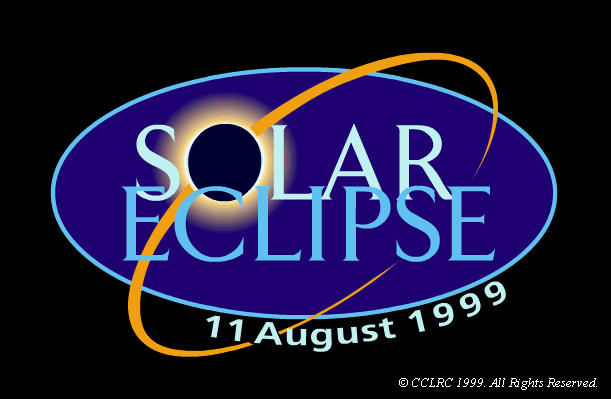
are sponsored by
The Radiocommunications Agency

|
These pages and experiments are sponsored by The Radiocommunications Agency |
|
![]()
For evening measurements, set the timer so that the recording starts 10 minutes after sunset. For dawn measurements, set the timer so that the recording will finish at sunrise. For a 90 minute cassette, this will mean 45 minutes before sunrise. Make a note of the recording start time.
The next day, rewind the tape and set the tape counter to zero (if the cassette player has one, if not try to use a different tape recorder which does, as it can be very useful). Fast-forward through the tape until you find the moment when the signal appears (or disappears) and make a note of the tape counter. Then rewind the tape again and time how long it takes to play the tape at normal speed until the tape counter reaches the right value. Add this to the time you started the recording, and you have the time when the signal appeared/disappeared. Make a note of this time.
Repeat this part of the experiment as many times as possible in the days leading up to (and after, if necessary) the eclipse. The more estimates like this you can make, the more accurately we can estimate the sensitivity of your radio.
Note:- The ionosphere can be different every day, so don't expect the times to be the same!